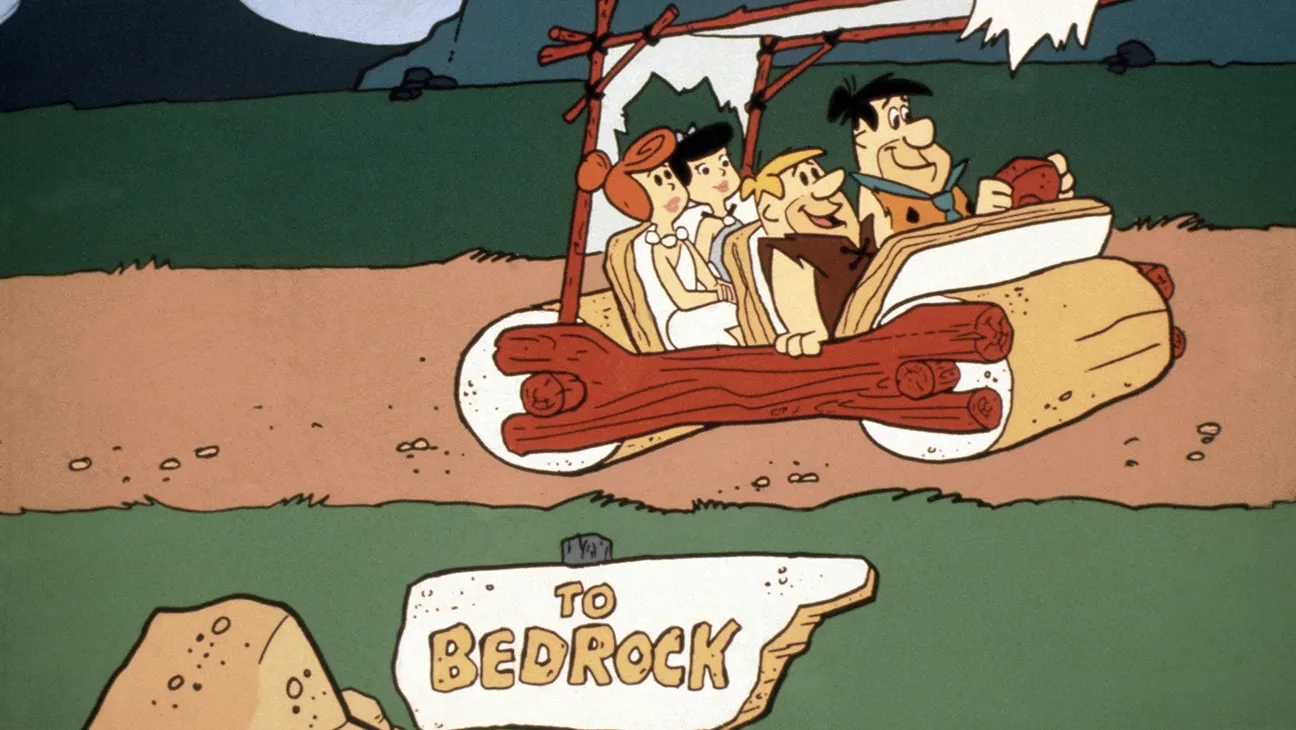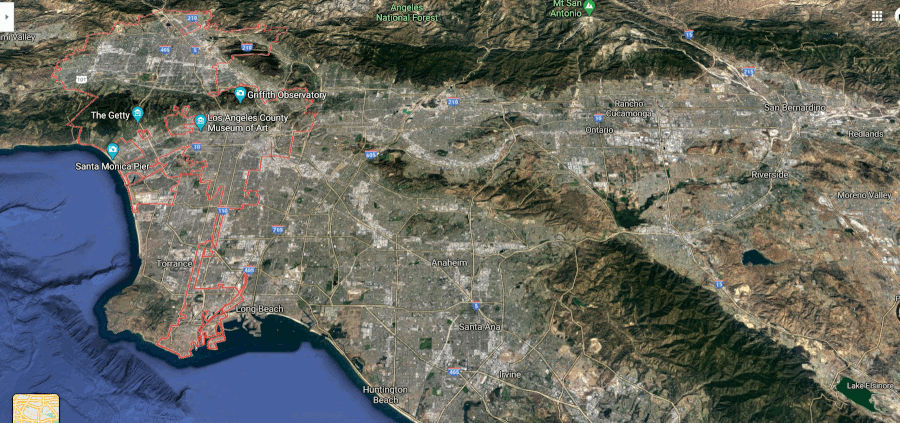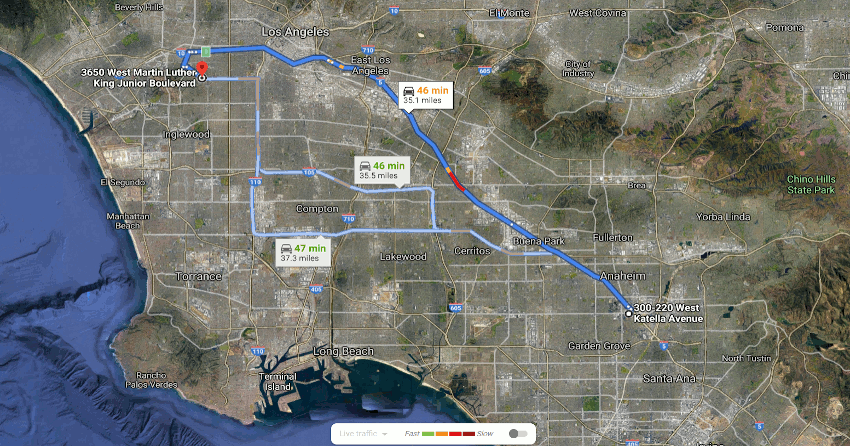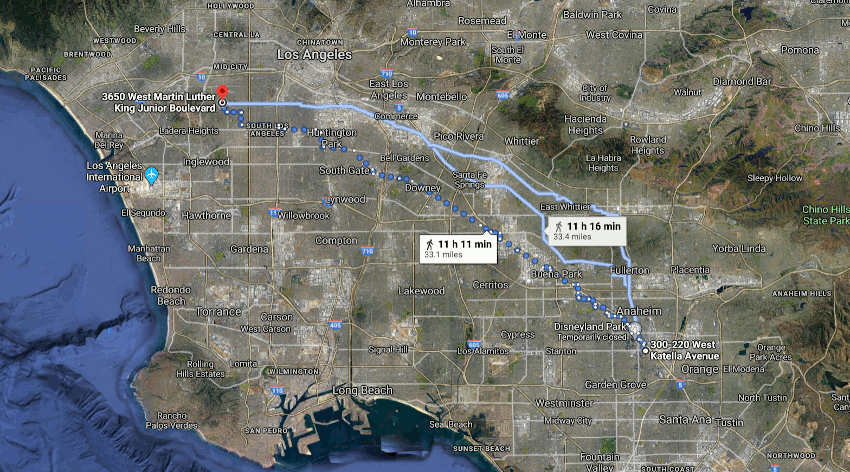How to write a Flintstones history of money
The belief that barter is the origin of money is the result of presentism, a form of history reviled by historians but loved by economists

Understanding the myth of barter, and why it continues to haunt us
Back when I was at university, my history professor warned us about a deeply problematic but nevertheless popular style of history called presentist history. It's reviled by historians, but it's still extensively used in the Economics discipline to describe the 'history of money'. In the piece I'll show you how it leads to a myth of barter being the origin of money.
To do presentism you must imagine our current world - with its values and economic principles - but set within an ancient world. It's the style of history found in the old TV series The Flintstones, which follows the exploits of a ‘modern Stone Age family’. Watch the first 30 seconds of this to get the gist.
The Flintstones is an extreme and slapstick example of this ‘present-expressed-in-the-past’: Fred Flintstone is a guy that lives around 20,000 BC, and yet he ‘goes to work’ as if he were an employed labourer, jumps into a stone ‘car’ to get to a ‘suburban neighbourhood’ occupied by families consisting of married couples with kids, and visits various ‘market’ attractions, like a stone cinema and prehistoric diner.
These are all present-day phenomena set on a stage superficially decked out to look like ‘the past’. This inevitably means showing the present in a half-formed way, because the stage it's set upon doesn’t have all the materials to fully capture it (because it’s supposed to be in the past, which is supposed to have less stuff). So what ends up being shown is our present constrained by a lack of means to express itself.
This in turn creates a feeling of an unexpressed potential bursting to escape towards the present. Ancient people are imagined to be trying to invent things that will cause their society to unfold towards where we are today. So, the Flintstone family is there earnestly creating cars with stone wheels because they’re trying to reach towards our modern world.
If you’ve studied ancient Greek philosophy, you might notice echoes of Aristotelian teleology in this. Teleology is when you describe things as having an end purpose - or final expression - set out by some cosmic order, which then acts as an explanation for why those things develop or do what they do. There are multiple versions of teleology, because - much like you can alter the destination of a homing pigeon - the end destination of the teleology can be changed. If you set the final goal to be ‘our modern society’, you get teleological history, in which everything in the past is seen as homing in on, or striving towards, our present.
Presentist history and teleological thinking are allies. You start in the present, then project it back in half-formed fashion into the past (presentist history), and then imagine that past trying to strive forward to get to the fully-formed present (teleological history).
The 7 steps to building a presentist teleology
I’m going to demonstrate what it looks like when you apply a presentist teleology to money, but I first want to show you what it looks like in other situations, because we often casually use it in our thinking about the origins of things more generally. Let’s create a presentist teleology about cars. I’m going to make it deliberately extreme to illustrate how absurd it is.
Step 1: Map your present-day situation

Here is Los Angeles, a sprawling metropolis where cars are king. If you don’t have a car here, it’s pretty damn hard to get around.
Imagine a person in the city who travels by car. Here’s a journey between their house and their place of work. It takes 46 minutes to travel the 35 miles by car.

So what we have is the following four components…

Step 2: Eliminate the thing you wish to be ‘invented’…
To write a presentist, teleological ‘history of cars’ we must first eliminate cars from this present. Let’s imagine cars (and all related forms of transport, like buses etc.) just disappear overnight, evaporating away.

Step 3: Retain the basic features of the rest of the picture
Having eliminated one feature of the present, you need to keep key elements of the rest of the picture unchanged. So, keep imagining that the person still lives and works in the same place, and still has to travel between them.

Step 4: Call this altered version of the present, ‘the past’
The core presentist move is to then cast this altered present as 'the past'. In this case, it's a past with no cars, but still with features we associate with our present. Thus, you might tell a story that begins like this:
“Once upon a time people lived very far away from their places of work, but there were no cars...”
Step 5: Note how annoying this ‘past’ is
Given that you’ve created a half-formed present-in-the-past, you must now note how annoying and inconvenient it is. So you continue your story:
“It took people up to 11 hours to walk to their place of work. It was so tiring.”

Step 6: Reintroduce the removed element as an ‘invention’ whose ‘function’ is to relieve the annoyance
The basic move now is to reintroduce the missing element of the present-expressed-in-the-past as an invention intended to solve a problem. So you say something like:
“Cars were a breakthrough invention that solved this problem. We no longer needed to walk 22 hours each day back and forth from work. Cars made everything much quicker.”
Note that the invention emerges because there’s imagined to be a blockage in the past that needs to be unblocked. The reason given for the invention (which doubles as the function attributed to it) is to solve that, and to keep solving that. So, if anyone questions or critiques cars, you can shout:
“If we didn’t have the car we’d have to walk so far. That why it was invented and that’s why it’s progress. Do you want to live in the dark ages of walking 22 hours each day?!”
Step 7: Make sure you never ask the obvious question
You've probably noticed the glitch here. The imagined ‘function’ of the thing is in fact to solve a problem it itself has caused, a situation that actually never existed before the thing emerged. In this case, it's the situation of urban sprawl - in which people live 35 miles from their place of work - which did not exist before cars. Urban sprawl was, in fact, catalysed by the presence of cars.
This means, if you wish to keep believing in presentist history, it's crucial to never ask questions like “could it be that we just lived much closer to our place of work before we had cars?” Or, to put it in Flintstone terms:
“Why is Fred trying to drive to a cinema in a stone car, given that he actually comes from a small-scale, nomadic, hunter-gatherer society where his closest cinema is probably a fire that's no more than five metres away from him?”
Historical processes manifest in our present, but cannot be understood from the standpoint of our present. Cars were introduced into our society at some point in the past, and then subsequently induced changes to our economy, geography, expectations, perceptions and sense of normality. Sitting on the outskirts of Los Angeles, we might try look backwards in time, but only with minds that are calibrated according to present conditions that didn't exist in the world behind us. This is why you cannot use the standpoint of the present as a justification framework for why the past happened, and this is why good historians have to train themselves to escape presentist biases.
Now let’s do this with money
I made the car example above deliberately far-fetched to hammer home the point, but let’s see what happens when we apply that same 7-step formula to write a presentist teleology of money. You might notice something disturbing as I do this (spoiler alert: it results in the standard account of the history of money presented in economics textbooks!).
Step 1: Map your present-day situation
Walk into the street. What do you see? You see strangers (people who do not know each other) exchanging specialised goods and services for money. There are four components to that picture…

Step 2: Eliminate the thing you wish to be invented…
So, we’re trying to write a presentist, teleological ‘history of money’, so that means we must - in this case - eliminate money from the present. Let’s imagine the monetary system just disappeared overnight.

Step 3: Retain the basic features of the rest of the picture
So, having eliminated one feature of the present, we need to keep on imagining key elements of the rest of the picture as remaining unchanged. So, we’re going to keep imagining that, in the absence of money, the world nevertheless still consists of networks of strangers attempting to exchange specialised goods and services.

Step 4: Call this altered version of the present, ‘the past’
Remember, the core presentist move is to cast this altered present as a half-formed ‘past’. In this case, a past with no monetary system, but still with features we associate with our present. Thus, you might tell a story that begins like this:
‘Once upon a time there was no money, but there were lots of people with specialised goods and services, and they still engaged in exchange. The only option was to directly swap those things with each other, which is called barter’.
Step 5: Note how annoying that situation is
Given that you’ve created a half-formed present-in-the-past, you must now note how annoying and inconvenient it is.
“Barter was very very difficult because of the ‘double-coincidence of wants’. If Bernoldus had hand-carved wheels but Alisandra had turtle-shell necklaces, they had to both want what the other wanted before they could trade. This was so complicated!”
Step 6: Reintroduce the removed element as an ‘invention’, whose ‘function’ is to relieve the annoyance
The basic move now is to reintroduce the missing element of the present-expressed-in-the-past as an invention intended to solve a problem (that we’d experience today if we removed money). So you say something like:
“We invented money so that we didn’t have to barter all the time. Money solves the ‘double-coincidence of wants’ and thereby makes specialised exchange between strangers so much more efficient!”

Again, the imagined invention supposedly emerges because there's some unexpressed potential in the past that needs to be unblocked. Ancient people feel this pressure to invent money for us, because of the strain of existing in the half-formed state relative to our present. Thus, the reason given for money’s invention (which doubles as the function attributed to it) is to solve that situation, and to continue solving it. If anyone questions or critiques money, you can shout:
“If we didn’t use money we’d have to inefficiently barter all the time. That's why money was invented and that’s why it’s progress. Do you want to live in the dark ages of having to exchange your brass cookware for herbal remedies?!”
Step 7: Make sure you never ask the obvious question
The astute historian will note the same problem that occurs with my car example. The imagined ‘function’ of money is - in fact - to serve a situation that money itself has catalysed, a situation that never existed before money emerged. What is this situation? Well, the situation of large networks of strangers attempting to exchange specialised goods and services, which does not naturally occur without the presence of money (much like living 35 miles from work does not naturally occur without having cars).
If you - like me - come from an economic anthropology background, you’ll know that many pre-capitalist societies are actually characterised by kinship groups that consist of networks of close associates (not strangers), and that they have low levels of specialisation, and that they used many alternative modes of distribution beyond overt measured exchange - including reciprocity, patronage systems, gift systems and self-sufficient subsistence. They would occasionally use barter in very specific circumstances, but it was never the primary mode of distribution, and, furthermore, it was a highly ritualistic and staged process that looked nothing like a modern market.
The move towards large-scale economies of strangers exchanging specialist goods and skills is a situation catalysed by the presence of money, rather than a situation that precedes money. Neverthless, the presentist imagination uses the oppostite idea - of extensive exchange preceding money - as its method to pull money into being. If you wish to keep believing in presentist histories of money, it's crucial to never ask questions like “could it be the case that exchange between strangers was not the primary economic model before the rise of monetary systems?” Or, to put it in Flintstone terms:
“Why is Fred trying to barter stone wheels for cinema tickets, given that he actually comes from a small-scale, nomadic, hunter-gatherer society where there isn’t even a concept of private property?”
How to escape the Flintstones world
Once you see the structure of presentist history, it begins to seem absurd. Surely no self-respecting academic discipline would actually use it? Um… well mainstream Economics has long relied on a crude presentist model of the origin of money. They see it as emerging from barter in an attempt to solve the ‘double-coincidence of wants’. Adam Smith used it, but another classic example comes from William Stanley Jevons - considered to be a founding father of mathematical economics - who wrote:
The earliest form of exchange must have consisted in giving what was not wanted directly for that which was wanted. This simple traffic we call barter… but to allow of an act of barter, there must be a double coincidence, which will rarely happen. A hunter having returned from a successful chase has plenty of game, and may want arms and ammunition to renew the chase. But those who have arms may happen to be well supplied with game, so that no direct exchange is possible.
He then uses this to explain the emergence of money, which is a pure example of a shoddy, presentist, teleological Flintstones history of money, and one that is still widely used.
To escape this is a big task. It’s a topic I touched on in my tribute to David Graeber (The Anthropologist in an Economist World), and it’s a theme I will develop upon in later pieces. Some initial tips, though, are:
- We must never assume that any mentality we currently take for granted was a reality in the past. We may be used to trading in markets, but it's a grave presentist sin to assume that the trading impulse was a dominant impulse among ancient people
- We must never assume there was a single trajectory towards the present, or that things were overtly ‘invented’, or that their modern ‘function’ was intended, or that they were introduced with our present society in mind
There's a whole history to how money came to be, and it's intimately connected to the projection of political power, but that’s a story for another time. For now the most important point to note is that the introduction of money catalyses changes that subsequently require money's continued presence. Money comes to necessitate itself, rather than being necessitated by some prior need.
We have no idea about how our current actions will manifest in a future experienced by others. Similarly, people in the past were not consciously seeking to serve us. This is why we should be suspicious of accounts that project the mentalities of modern capitalism backwards in time, and that use those to explain the origins of the foundations of capitalist systems, such as money. The real Flintstones do not resemble the caricatures of the TV series, which tells kids - wrongfully - that modern economic systems originate naturally from inherent drives within prehistoric society.
